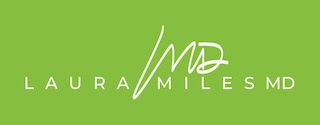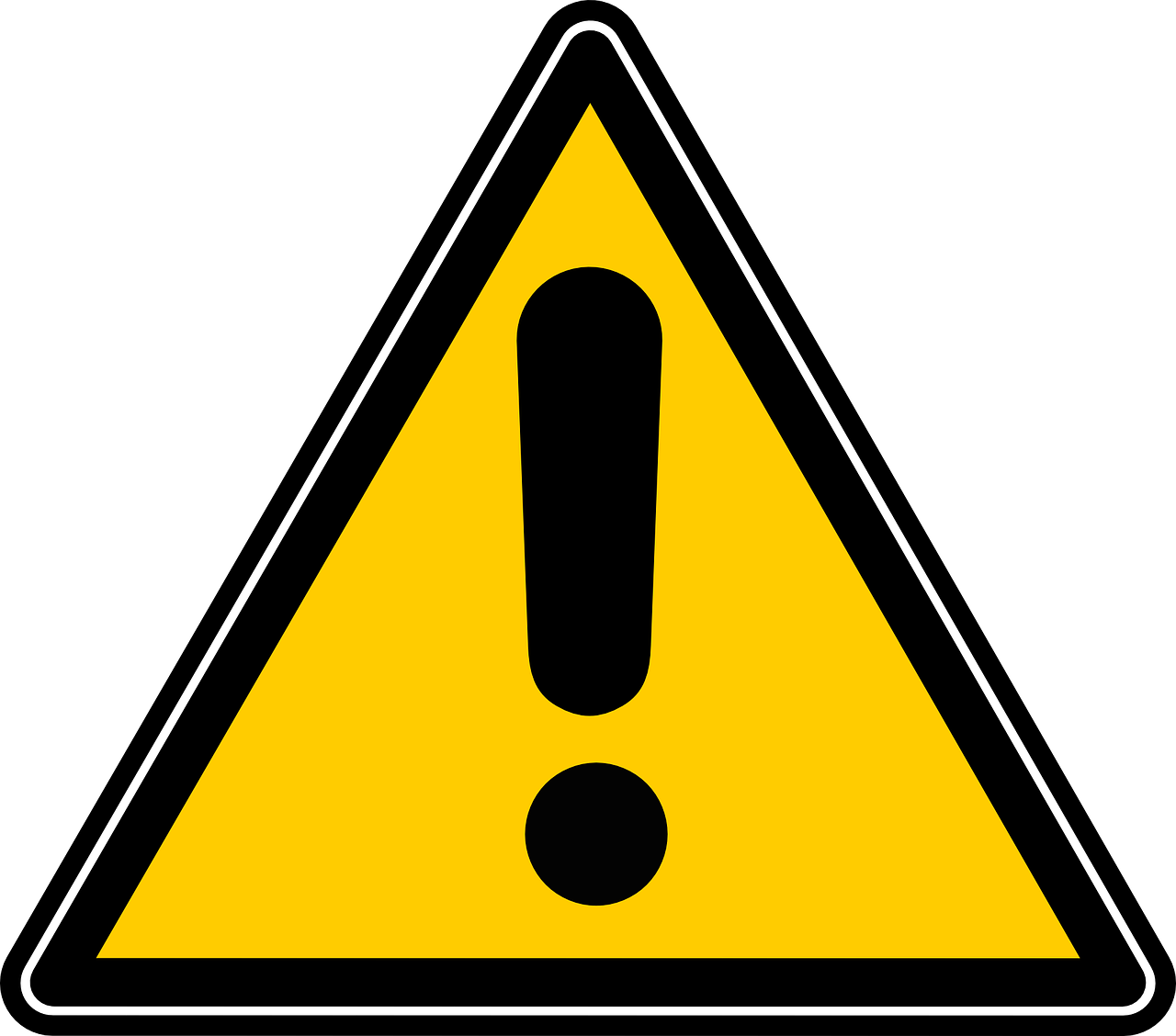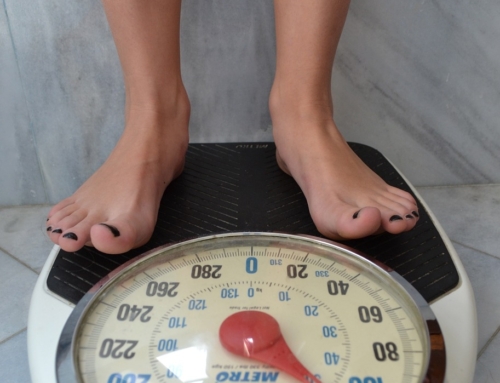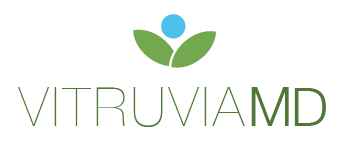We have been detoxing this past week and on Monday I had a great group discussing all the areas we can work on in our home to decrease our chemical exposure. I remember when I first started doing functional medicine, when heavy metals/toxins were brought up I truly answered that I didn’t think I had that many toxins in my life. Boy was I wrong! I never really thought that so many of the day-to-day things I was doing was exposing me to so many toxins.
Now, many of you are going to think this is all hype so let me give you a few facts that may help you pay attention:
- The average person will be exposed to 62 chemicals before they walk out the door in the morning
- A study looking at umbilical cord blood (when the baby is first born) showed 287 chemicals in the blood with 217 of them being brain and neurotoxic. And yes, this was before the baby even took its’ first breath
- There are numerous chemicals out there that have been proven to be xenoestrogens. A xenoestrogen acts like a hormone and disrupts the endocrine cycle. This is why scientists think girls are hitting puberty earlier, have more endometriosis, increased infertility in males and possibly increased incidences of hormonal cancers in men and women.
We need to pay attention and start making small changes to decrease our chemical exposures.
Ready to learn more? Since our homes host so many toxins I want to point out 3 areas that we don’t often connect as giving us a toxic exposure. READ ON for three areas to work on today…
There are so many areas that we get chemical exposure but today we are going to focus on three areas.
- Laundry:
- Laundry detergent: most detergents are packed full of chemicals, dyes and phthalates. Phthalates have been found to disrupt the endocrine system and studies are linking this to decreased sperm counts, testicular atrophy and some structural abnormalities in the reproductive system. The EPA has regulated phthalates in our water and air pollutants but we can still have them on our skin (one of our largest absorptive organs in our body). The color additives have been demonstrated to cause a plethora of issues including contact dermatitis, hives and asthma. I would love to give you the list of chemicals and links to illness but there is no requirement that these ingredients be tested for safety so while I can point out a few of them, many of them we do not know direct correlations.
- Dryer sheets and laundry softeners: these are engineered to stay on the clothing and therefoer create higher exposures to your skin. These have the same chemicals and concerns as the detergents.
***Migrate toward more natural laundry detergents. Ditch the dryer sheets for the wool balls you throw in the dryer. If you need fabric softener look up the many recipes using vinegar as an alternative. I personally rotate my laundry detergents after each bottle for better results.
- Plastics: this is a broad category but I want to point out a few areas for hopefully obvious reasons
- Glasses, storage containers. Plastic glasses and storage containers can over time release chemicals into the food or drink in the container. If the plastic is damaged in any way then this increases the amount. Change to glass or at the very least the hard, non-flexible kinds of plastic containers to avoid this issue.
- Microwave: if you use flexible plastic in the microwave or plastic wrap over the food then chemicals will be introduced into your food.
- Shower curtains: These can off gas for up to 4 months so if you get a new one then open it out in the garage and allow it to hang to decrease this amount. Use cloth liners for the least exposure of all.
- Dust: dust is residual particles of whatever is in your home and environment so you can imagine what is included! The simple act of dusting and removing it allows for improved air quality and decreased exposure. Along this line, change your air filters regularly and if you are very sensitive then invest in a good air purifier that has a HEPA filter.
Yes, the cleaners you use in your home are obvious exposure risks but I wanted to point out a few you may not have thought of as potential harmful areas!
Detoxing your home is a process so just tackle one area at a time and start making those small shifts.
To your health,
Laura









